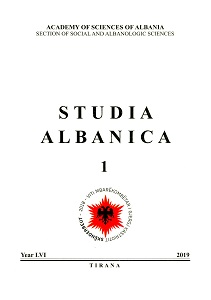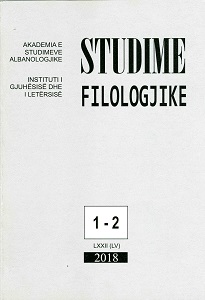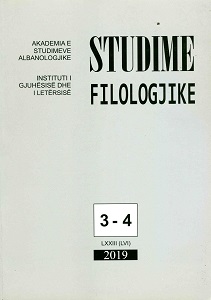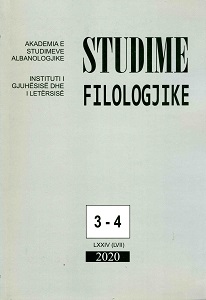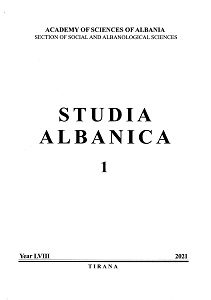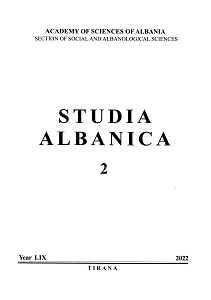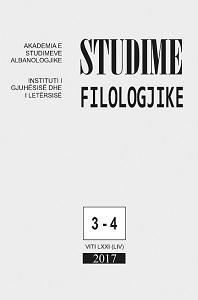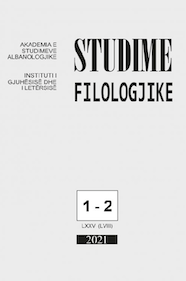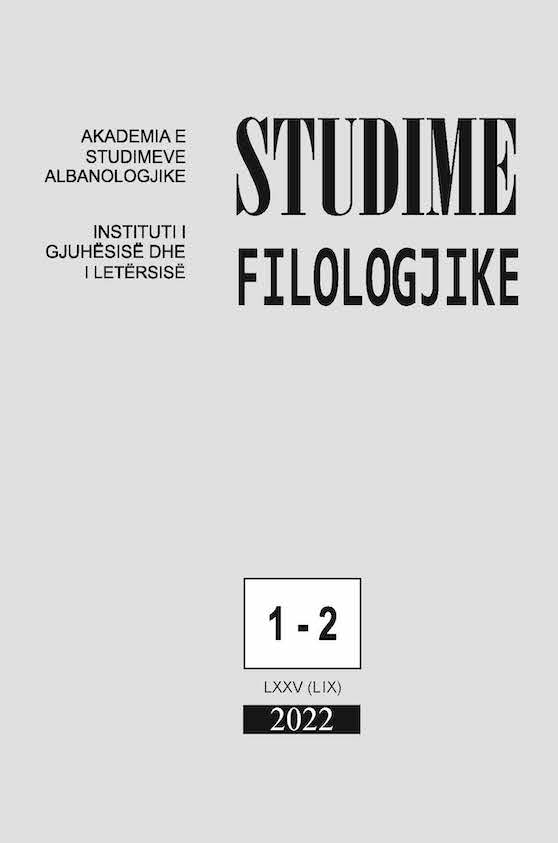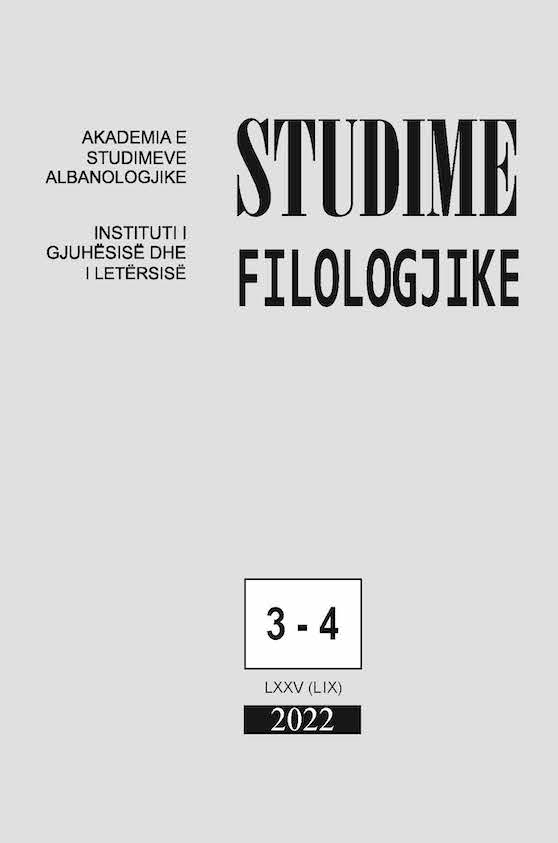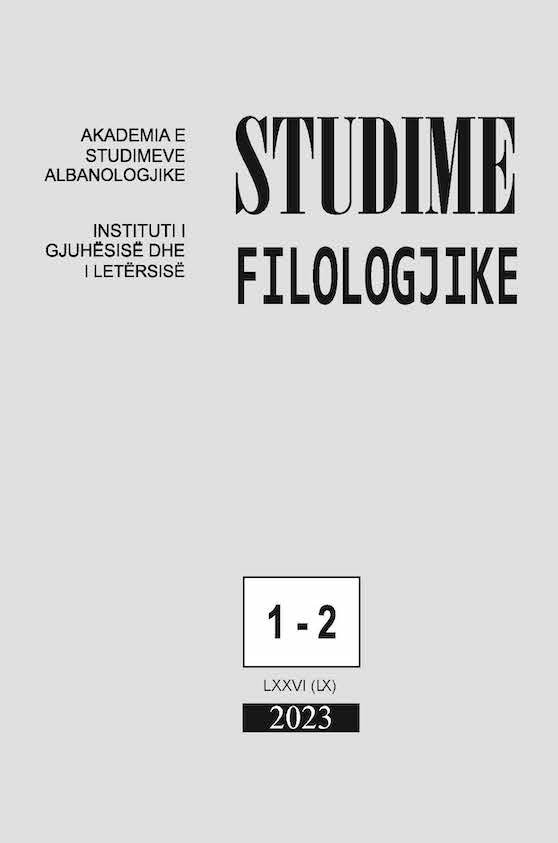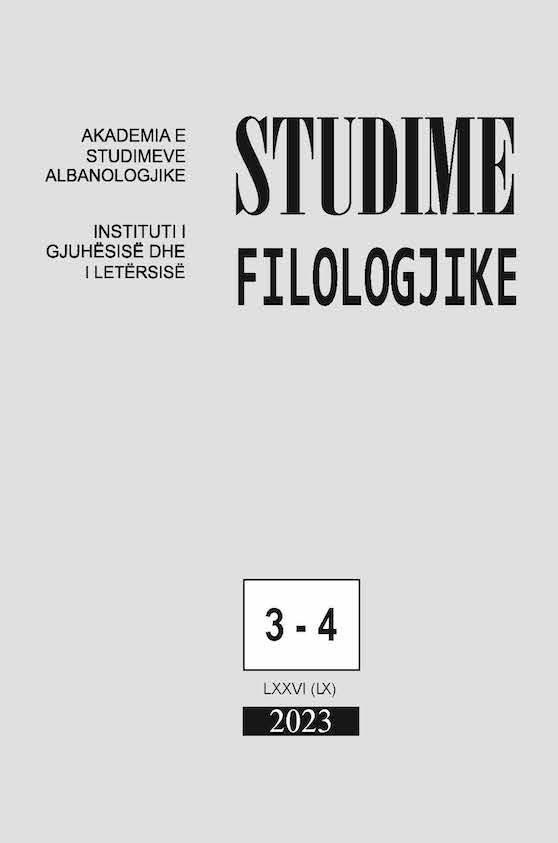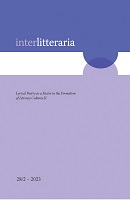
Missing Poetry: A historiography of Albanian Literature during the Communist Regime
The paper aims at a panoramic view of the partial representation of Albanian poetry in the texts of the history of Albanian literature published during the dictatorship period (1945–1990). The fragmentary presentation of Albanian poetry and poets in informative scholarly and university texts on literature highlights the complications and the problems derived from this one-sided representation. The information gained only after the fall of the dictatorship, changed the situation regarding the literary values specifically related to poetry. What crucial representative texts on Albanian literary history were published during the dictatorship? Who were the most noticeable authors and poets, and why were they set aside, censored, imprisoned, executed, and not published? The answers suggest that only thanks to political change and awareness of literature can the reader today reassess this missing part of Albanian literature in historical texts published during the communist regime. The methodology relies on a historical, analytical, and critical approach to the most representative authors and their texts that is intertwined with factual data. The conclusions reinforce the idea that any evaluation of the literary process dictated by extra-literary principles damages the natural literary process. The revitalisation of literature after the 1990s, although with much delay, restored the natural process of aesthetic assessment. Now we can reassess the best part of that missing poetry
More...
